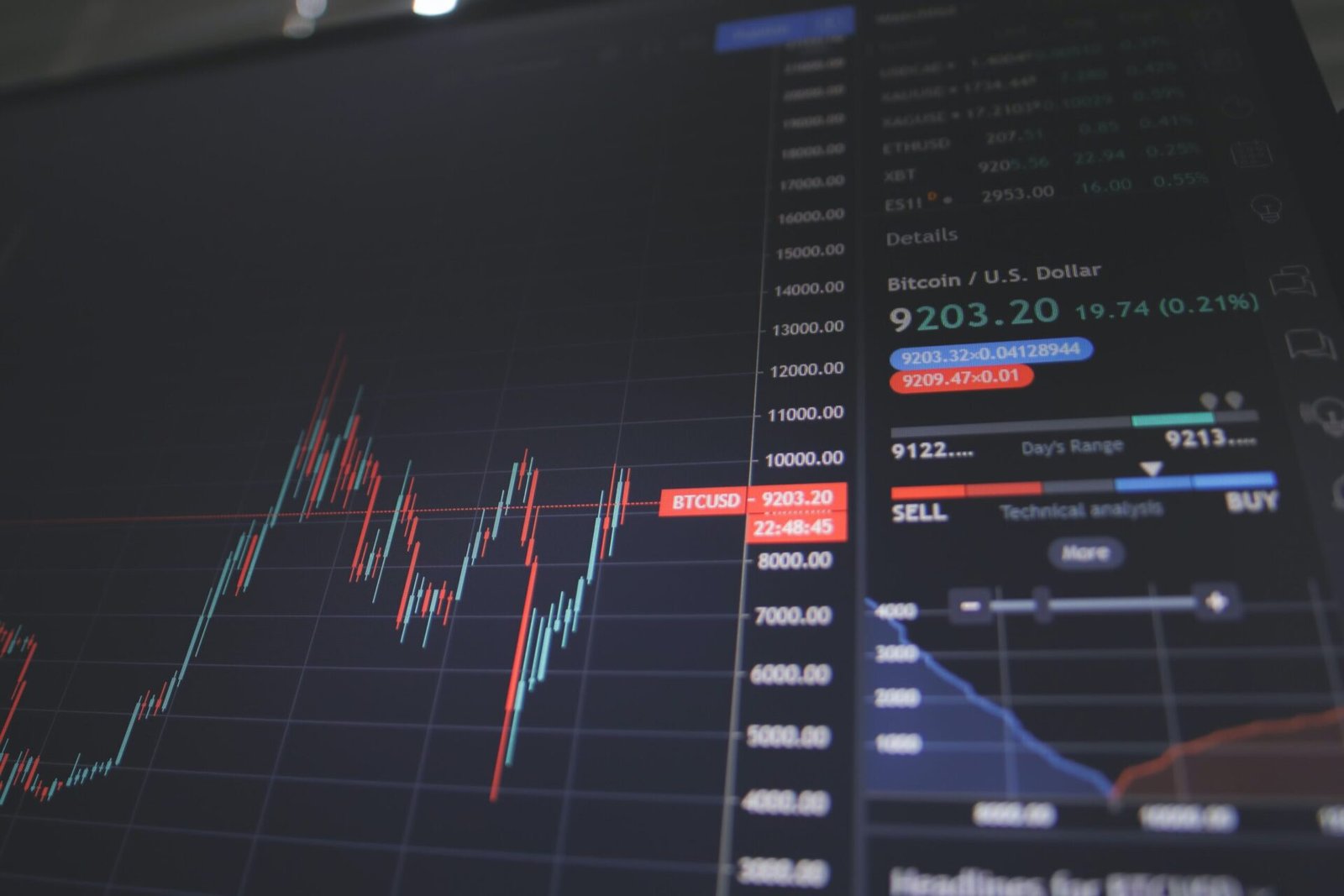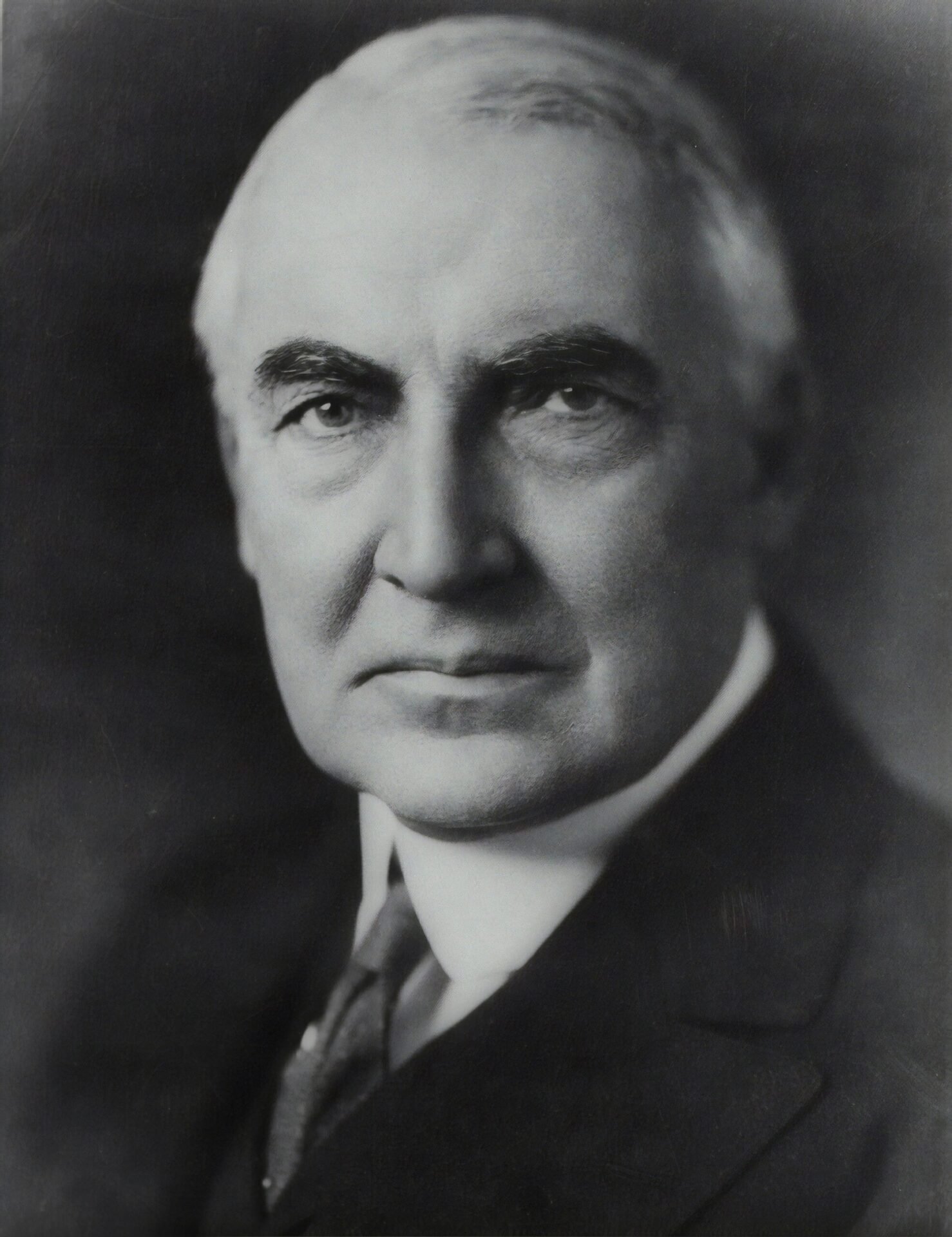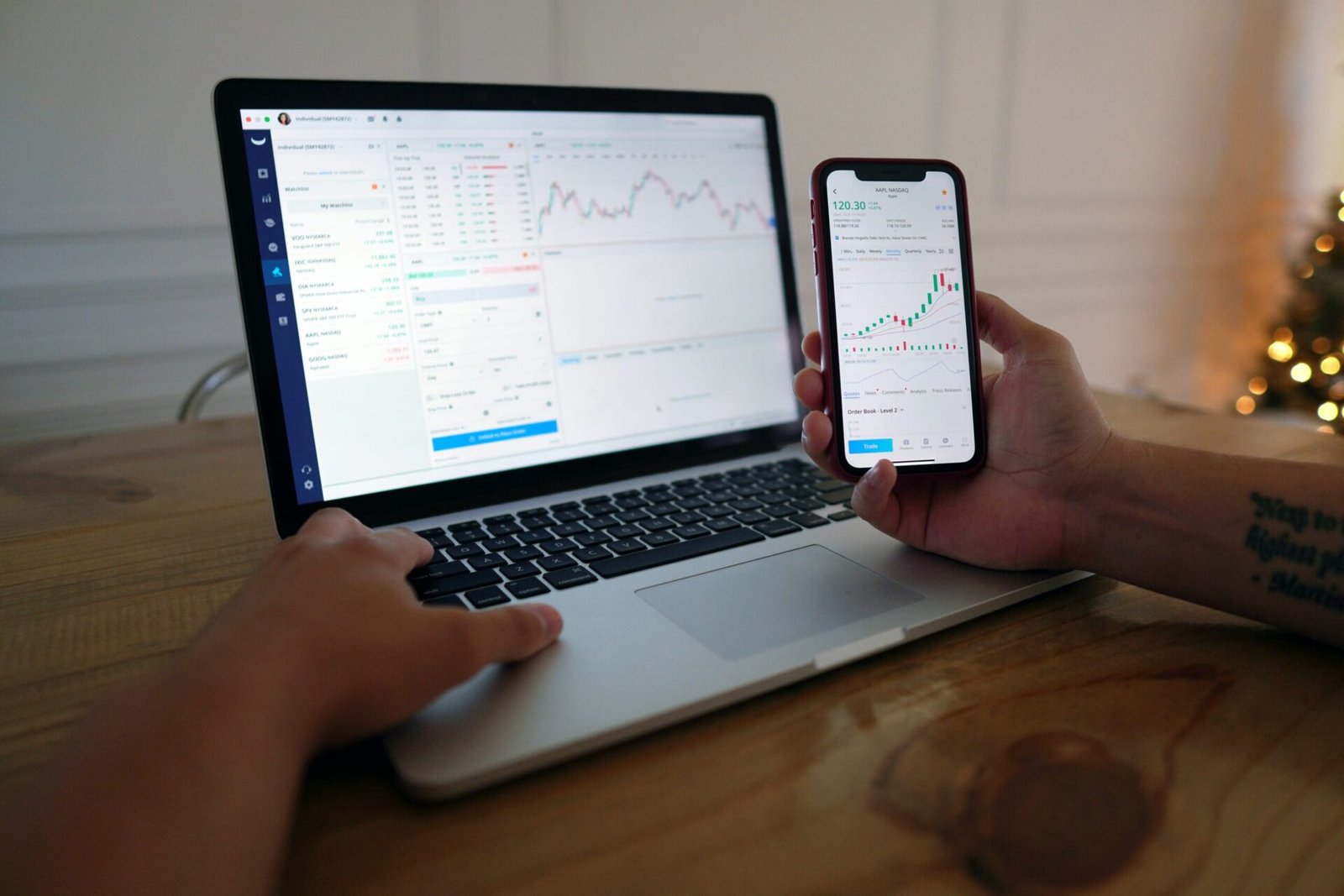Trading stocks can be an exciting and potentially lucrative endeavor. As a trader, it is important to understand the dynamics of the market and how different factors can influence trading volume. One particular time of the trading day that is often closely watched by traders is the “Power Hour.” In this article, we will explore what Power Hour is and how the trading volume varies during this time.
What is Power Hour?
Power Hour refers to the final hour of regular trading hours in the stock market, which is from 3:00 p.m. to 4:00 p.m. Eastern Time. It is called Power Hour because it is known for its increased trading activity and volatility. Many traders believe that this hour can present unique opportunities and potential for significant price movements.
The Variation in Trading Volume
Trading volume is a crucial metric in the stock market as it represents the number of shares being bought and sold during a given period. It is an important indicator of market liquidity and can impact the overall price movement of a stock. During Power Hour, the trading volume tends to vary for several reasons.
1. End of the Trading Day
One reason for the variation in trading volume during Power Hour is that it marks the end of the trading day. Traders who want to close their positions before the market closes often execute their trades during this time. This can lead to an uptick in trading volume as traders rush to complete their transactions.
2. News and Earnings Announcements
Power Hour is also a time when important news and earnings announcements are often released. These announcements can significantly impact the stock price and trading volume. Traders closely monitor these events and may adjust their positions accordingly, resulting in increased trading volume during this hour.
3. Institutional Activity
Institutional investors, such as hedge funds and mutual funds, often make significant trades during Power Hour. These large trades can have a substantial impact on trading volume. Institutional investors may choose to execute their trades during this hour to take advantage of any potential price movements or to avoid impacting the market too heavily during regular trading hours.
4. Volatility and Momentum
Power Hour is known for its increased volatility and momentum. Traders who thrive on short-term price movements are attracted to this hour as it can provide opportunities for quick profits. The higher volatility can contribute to increased trading volume as traders actively participate in the market to capitalize on these price fluctuations.
Tips for Trading during Power Hour
Trading during Power Hour requires careful consideration and a solid strategy. Here are a few tips to keep in mind:
1. Do Your Research
Stay informed about any news or earnings announcements that may impact the stocks you are trading. Being aware of these events can help you make more informed decisions during Power Hour.
2. Use Limit Orders
Due to the increased volatility during Power Hour, using limit orders can help you set specific price targets for your trades. This can protect you from unexpected price movements and help you execute your trades at desired levels.
3. Manage Risk
As with any trading strategy, it is important to manage your risk effectively. Set stop-loss orders to limit potential losses and consider using proper position sizing techniques to ensure you are not overexposing yourself to any single trade.
4. Practice Patience
Power Hour can be fast-paced and volatile, but it is important to remain patient and avoid impulsive trading decisions. Stick to your predetermined strategy and avoid chasing after every price movement.
Conclusion
Power Hour, the final hour of regular trading hours, is known for its increased trading activity and volatility. Understanding the variation in trading volume during this time can help traders make more informed decisions. By staying informed, using limit orders, managing risk, and practicing patience, traders can navigate Power Hour with greater confidence and potentially capitalize on the unique opportunities it presents.






Be First to Comment